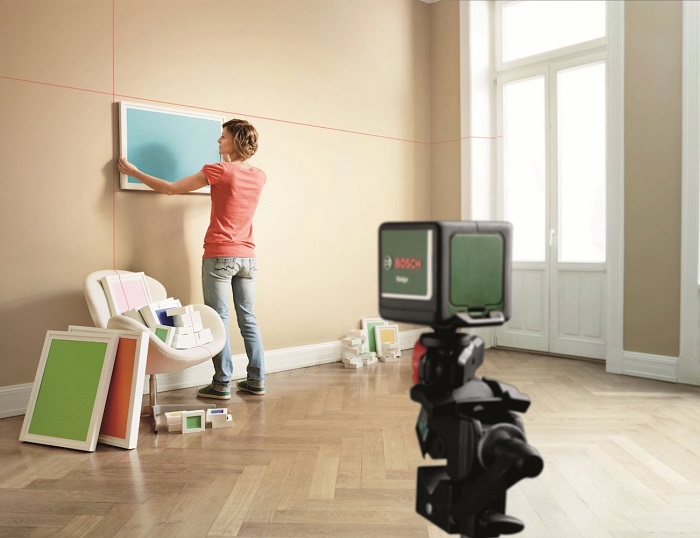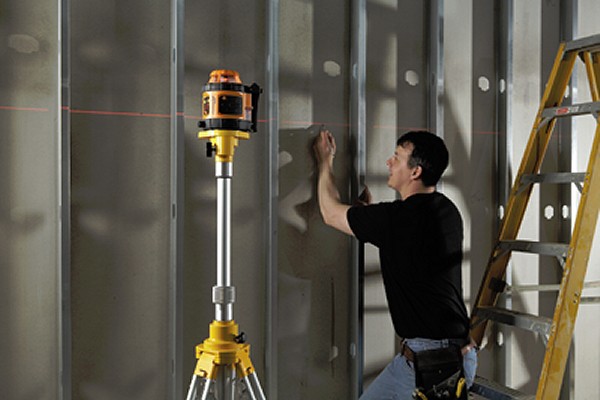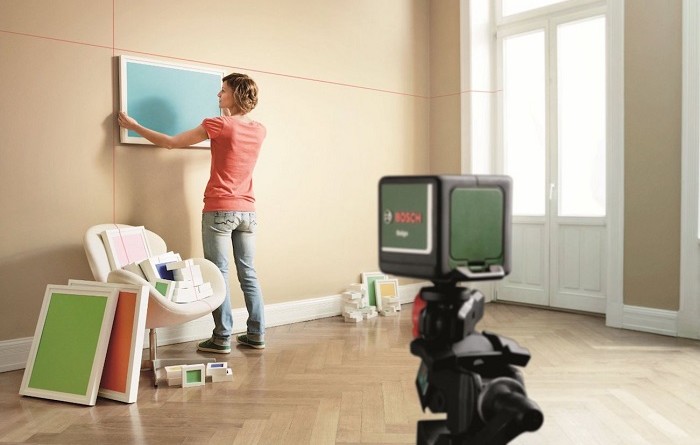Up Close & Personal with Laser Levels
Growing up in a poor family meant a lot of the things around the house were made and fixed by my dad. Luckily, he was an incredibly capable handyman, and I was always sniffing around him when he performed maintenance work of any kind around the house. This also meant that we had a ton of tools in the garage. One of my favourite tools at the time was the level tool. I used to always run around the house, and put it on the table, chairs, on top of pictures, etc. just to see whether they were properly leveled.
As I grew older, I still had a lot of love for DIY projects and basically, creating things. I’m now an construction contractor, meaning I still get to play with tools, just more advanced ones. My once favourite manual level tool is now replaced by level lasers. Laser levels are insanely accurate and versatile pieces of equipment, and I don’t think some of the projects being worked on today would be possible without them. In this article, I’ll talk about the two most common types of laser levels – cross line and rotary lasers and how they differ from one another.

Cross Line Laser
These are some of the most commonly used and advanced lasers. A cross line laser is capable of projecting both vertical and horizontal lines, which produce a cross throughout the work surface, hence their name. This feature is very useful when you need precise angles when installing fixtures like shelves and kitchen cabinets, or tiling onto walls. Moreover, you can turn off either the vertical or horizontal lines independently and use a single line to perform more general leveling. A quality cross line laser will typically feature a pulse mode, which when combined with a detector will allow you to pick up a level point when the lines aren’t visible to the human eye (think bright or outdoor areas).

Rotary Laser
These lasers are capable of producing laser lines over incredibly long distances, which makes them ideal for big construction projects, such as leveling an entire work site. The name rotary laser, comes from the nature of their operation – they create a 360 degree laser line, which is created by a single laser diode that spins so fast it virtually creates a constant line on the work surface. This also means that you can point it in multiple directions, allowing the laser line to appear everywhere around you. Most rotary laser levels produce horizontal lines, but there are also models that are capable of producing vertical ones. Using a detector will add benefits, just like it does with cross level lasers. That way, the visibility of the laser isn’t compromised whatsoever, and your working range will be extended significantly.

